How do you insulate a loft? What you should know
Who doesn’t want to cut their annual heating bills? With an uninsulated loft, you could lose up to 25% of your home’s heat through the roof – the single biggest source of household heat loss. Fitting loft insulation, or topping up any existing materials, can save as much as £380 annually, according to Energy Saving Trust.
So, how do you insulate a loft quickly, safely and in line with current regulations? Whether you want a weekend DIY project or prefer to bring in a trusted FMB builder, we’ll guide you through, enabling you to lock in warmth, cut carbon emissions, and keep more money in your pocket.
What is loft insulation?
Loft insulation is a layer of heat-resistant material laid in, over, or under your loft floor to slow the escape of warm air from the rooms below. Air trapped within the insulation resists heat transfer, keeping heated air inside in winter and blocking external heat in summer. It can be incorporated into new builds, retrofitted in existing properties, or your current insulation can be topped up, increasing efficiency.
Fitting loft insulation: Choosing the right material
There are several options for choosing the materials for your project, each suitable for different circumstances, depending on roof type, accessibility, and budget.
Blanket insulation
Blanket insulation is supplied in rolls, or batts, and typically made from fibreglass, mineral fibre or sheep wool. It’s DIY-friendly, lightweight, springy enough to friction-fit between joists, and cheap.
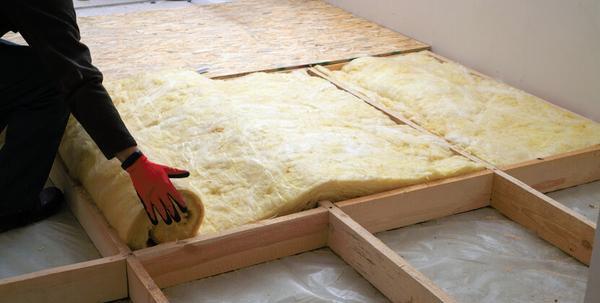
Loose-fill insulation
Loose-fill insulation is ideal for topping up existing materials or getting into hard-to-reach areas. Typically made from recycled mineral fibre, cellulose, or cork, it’s lightweight, quick to install, and inexpensive.
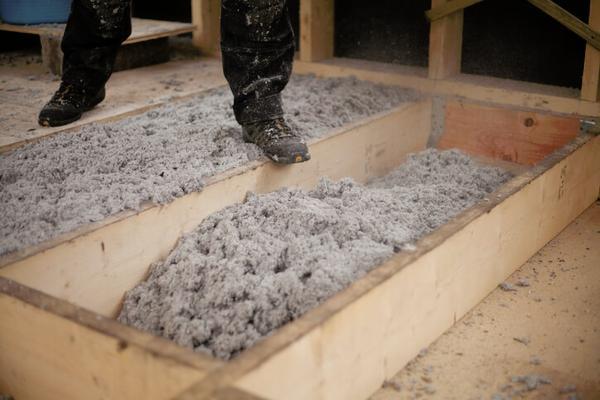
Blown-in insulation
Like loose-fill, blown-in insulation is quick to install, fills awkward gaps and is light enough for older ceilings. However, it does require a professional installer with industry-specific equipment. Consequently, it can be a more expensive option.
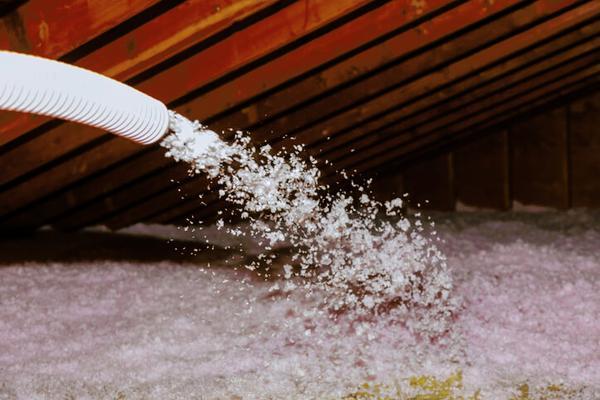
Rigid board, or sheet, insulation
While boards can be laid over or under rafters, they are also used to insulate the inside of a roof. There are several options available – polyisocyanurate (PIR) boards or expanded (EPS) and extruded (XEPS) polystyrene, and for more eco-friendly installations, cork, or straw boards are becoming popular.
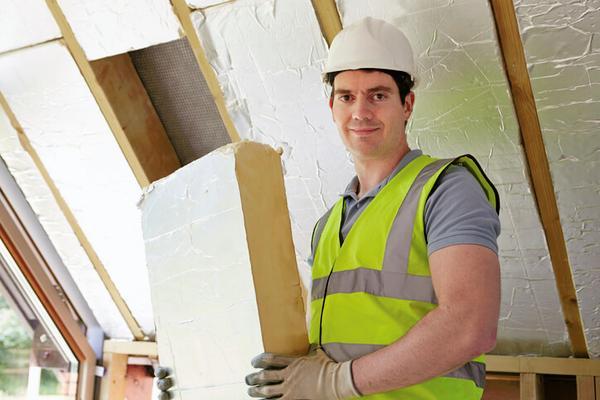
Spray foam insulation
Spray-applied polyurethane foam looks like the ultimate gap-sealer, but it creates more problems than it solves. Many mortgage lenders now refuse loans on properties where spray foam has been used, citing moisture-trapping and inspection issues. The impermeable crust can mask leaks and rot, leading to costly structural repairs.
Removing spray foam can run into thousands of pounds, and may even require a roof replacement. HomeOwners Alliance warns that rogue companies are targeting properties insulated with spray foam, and offering their removal services, leaving homeowners with big bills and long-term damage.
If your home already has spray foam, consult a qualified surveyor or an FMB-approved builder before proceeding with further work.
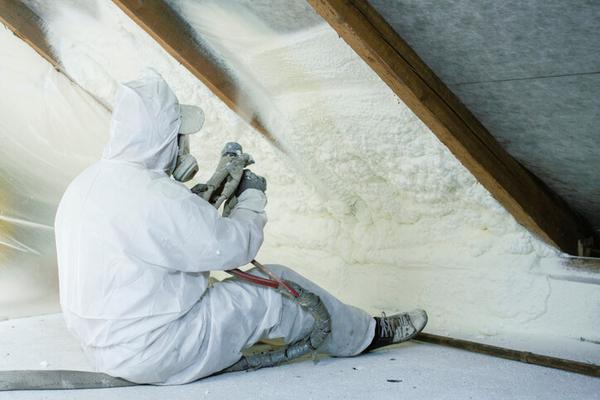
How much loft insulation do I need?
Once you’ve measured the area of your loft, you need to consider the depth of insulation material required.
Blanket insulation should be at least 270 mm deep. This is often achieved by fitting loft insulation between the joists to a depth of 100 mm and 170 mm across them, at right angles to the base layer. Remember to keep the eaves clear for ventilation.
If you already have existing loft insulation, measure its depth and top up as necessary.
Builder's tip
'The biggest mistake when it comes to loft insulation is how your house deals with moisture and damp, and not employing appropriate ventilation. Installing insulation incorrectly can in fact worsen condensation and mould issues. It’s easy to block ventilation at the eaves of the roof, leave gaps in the insulation or choose an unsuitable type of insulation material.'
'Your loft may need repairs carried out before any insulation is laid, particularly if there are existing damp issues or damaged masonry. If these are ignored, they can increase costs in the future as well affect the performance of the insulation.'
Nikki Lambert, Director, Lambert Home Builds.
How much does it cost to insulate your loft?
The actual cost of fitting loft insulation depends on your loft size and how much insulation you need. However, as a rough guide, insulation installed by a professional costs around £950 for a typical semi-detached home, with a top-up costing less.
If you are a competent DIYer, head for a building supplier, rather than your nearest DIY store, as they are more likely to stock quality, regulation-compliant materials. While doing the installation yourself may work out cheaper, using a local FMB-approved installer may save you money in the long run. Our members are vetted and monitored to ensure they provide the best service, meaning you avoid any potentially costly mistakes.
How much can I save by fitting loft insulation?
By preventing any heat loss through your loft, correctly installed insulation can cut your annual energy bill, reduce your carbon footprint, and increase the value of your home.
For a typical three-bedroom semi-detached property, loft insulation can save you up to £230 a year and slash your carbon emissions by 600 kg, according to the Energy Saving Trust. Additionally, house buyers typically favour properties with energy-saving measures installed, with some reports suggesting they can increase property values by up to 14%.
Loft insulation regulations you should know
Loft insulation regulations are designed to reduce your home’s heat loss and improve its energy efficiency. The U-value is a key regulation component, indicating how effective your insulation is at preventing heat transfer – the lower the U-value, the better the insulation.
U-values
When you add or top up insulation, Building Regulations expect your loft to hit a U-value of 0.16 W/m²K. In practice, this means an insulating layer of 270 mm for blanket materials, while boards may achieve the same U-value with a depth of around 170 mm due to their higher insulating properties.
Ventilation
When warm indoor air hits cool rafters, it condensates, so regulations call for a clear 50 mm airgap above the insulation to let moisture escape. If hip rafters block the path from eaves to ridge, drill 25 mm holes through them to restore continuous airflow and prevent damp and mould from forming.
Fire safety
UK rules demand fire-resistant loft insulation, so choose insulation materials that meet UK fire resistance standards, such as naturally fire-resistant mineral wool. Ensure you keep it clear of cabling, or shield wires with a fireretardant barrier, and fill gaps properly, preventing heat buildup.
Insulating your loft is one of the quickest, cheapest ways to lock in heat, slash energy bills and futureproof your home against rising costs.
Finding a builder for loft insulation
If you're a dab hand at DIY, fitting loft insulation can be a job to takle over a weekend or two (be sure to read our ultimate guide to house insulation first for some pointers). But it can be much more complicated than simply rolling out some rolls of rock wool. In addition to the mess and hard graft, there's safety to consider, as well as damp prevention to think about. To make sure you get it right, call in the professionals.
You can find a qulity local builder for the job with the FMB - enter your postcode below to browse builders near you that specialise in loft insulation today.
Read more about energy efficiency in the home



